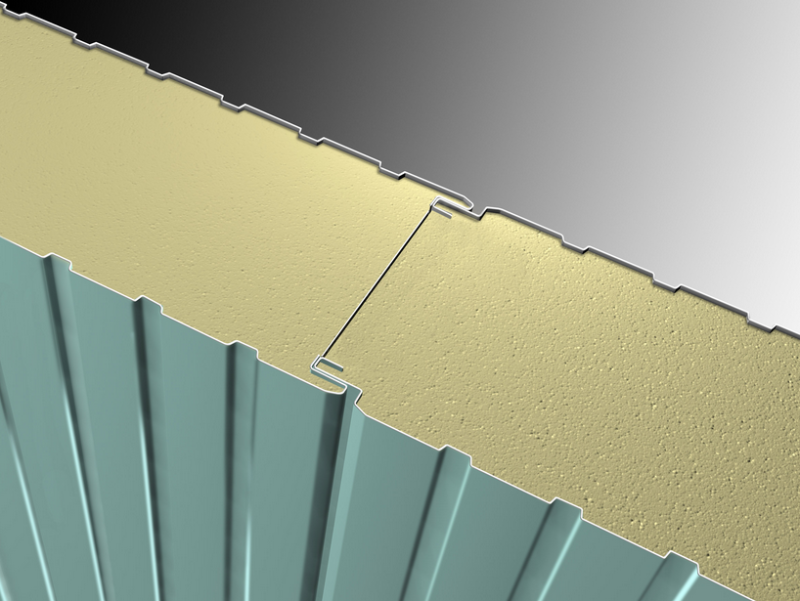Hi all!
I am checking a cold formed purlin to AISI S100-16 specification and I am having some trouble to determine if my situation is covered by the specification. On determinig R-factor, section I6.2.1 refers to "Through -Fastened to Deck or Sheating". The roof panel is an insulted panel composed of a 4" thick isulation between to steel sheets, as in image attached.

Does anyone know if this type of panel is to be considered in the scope of the specification? I'm having trouble identifying which type of sheating is being considered. If not, do you know how to approach this particular design accounting for pannel torsional restraint?
Thanks!!
I am checking a cold formed purlin to AISI S100-16 specification and I am having some trouble to determine if my situation is covered by the specification. On determinig R-factor, section I6.2.1 refers to "Through -Fastened to Deck or Sheating". The roof panel is an insulted panel composed of a 4" thick isulation between to steel sheets, as in image attached.

Does anyone know if this type of panel is to be considered in the scope of the specification? I'm having trouble identifying which type of sheating is being considered. If not, do you know how to approach this particular design accounting for pannel torsional restraint?
Thanks!!
